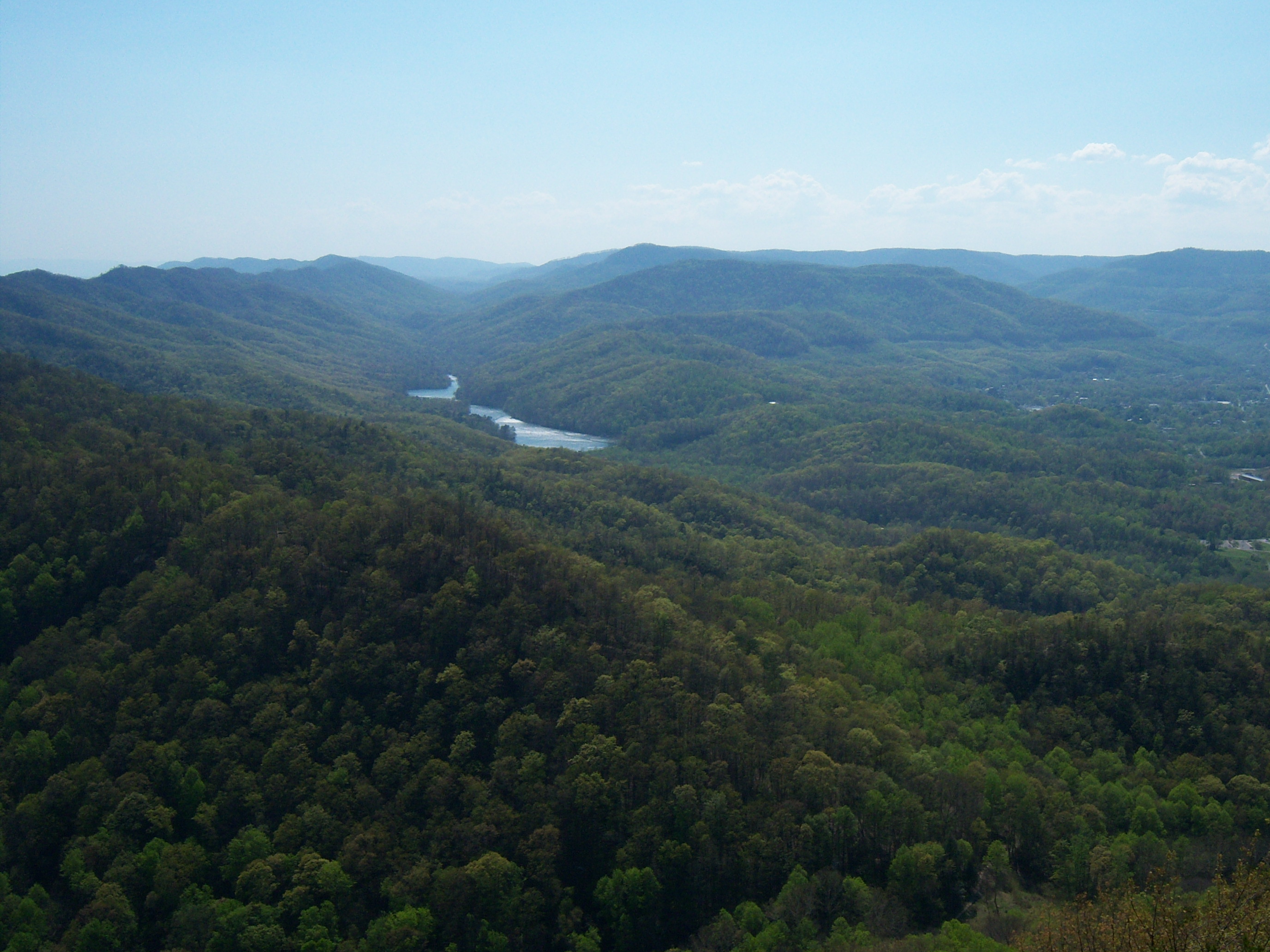Discovering Three States: The Wonders of Cumberland Gap National Historical Park
Planning a visit? Check out the Cumberland Gap National Historical Park page for visitor info, directions, and what to do when you get there.

Introduction
Historical/Cultural/Geological Background
The Cumberland Gap played a pivotal role in pioneering settlement, serving as a gateway from the East to the young Midwest. Daniel Boone famously passed through here on his Wilderness Road during late 18th century colonial settlement. Today you can marvel at the ruminants of past iron furnaces and discover Civil War-era fortifications that dot the landscape.
Geologically speaking, it’s a paradise for enthusiasts. Intrinsic karst features like sinkholes and caverns underline its geological significance alongside cliffs molded by millions of years of weathering processes.
Activities Guide
For those inclined towards more active pursuits, Cumberland Gap is replete with hiking trails varying in duration and difficulty levels. The Ridge Trail notably skirts around towering peaks offering panoramic views of surrounding valleys.
History buffs will be enchanted by Hensley Settlement - an early 20th-century Appalachian community preserved in time - accessible by guided tour only. And don’t miss Gap Cave – a magnificent limestone spectacle filled with captivating stalactite formations that requires guided exploration as well.
Whether you are into picnicking amidst flourishing rhododendrons, wildlife spotting, or simply capturing the stunning vistas with your camera, Cumberland Gap fulfills all these aspirations brilliantly.
Visitor Information
The park operates throughout the year except Thanksgiving Day, Christmas Day, and New Year’s Day. While there’s no entrance fee for visiting the park itself, specific activities such as cave tours and Hensley Settlement visits carry nominal fees. Also, keep in mind that due to its location in three different states, time zone differences might occur.
Tips for Different Visitors
Families visiting will find plenty of picnic spots across the park and a Junior Ranger Program keeps young ones engaged. For those seeking solitude, less-visited hiking trails like Gibson-Gap Trail or Boone’s Path offer peace away from bustling crowds.
Photographers would find sunrise or sunset from Pinnacle Overlook absolutely breathtaking while birdwatchers can spot species like wild turkey or ruffed grouse that make this area their home.
Regional Context
While the park is a highlight on its own, it also serves as an ideal base to explore other attractions spread across Tennessee, Virginia, and Kentucky maintaining cultural consistency with the Appalachian heritage. Local events like “White Lightning Trail Festival,” celebrating Appalachian tradition amplify the regional experience.
Conclusion
With its fusion of splendid scenery, rich history, and diverse recreational opportunities - Cumberland Gap NHP is more than just a natural barrier between states; it’s a national treasure nestled in America’s unspoiled landscape that invites discovery at every turn.
1. Is camping allowed at Cumberland Gap National Historical Park? Yes! The park offers Wilderness Road Campground with amenities like restrooms and picnic tables.
2. Are pets allowed in the park? Pets are permitted but must always be leashed and aren’t allowed inside buildings or on certain trails due to wildlife considerations.
3. How much time should I set aside for my visit?
4. Are there dining facilities inside the park? No, but picnic areas are available, and nearby towns provide plenty of dining options.
5. What types of wildlife can I expect to see within the park? Cumberland Gap is home to diverse wildlife including deer, foxes, black bears, and over 100 species of birds among others.
Tags
Cumberland Gap NHP; Kentucky; Tennessee; Virginia; Appalachian Mountains; hiking; wildlife spotting; historical parks
Frequently Asked Questions
What are the operating hours and admission fees for Cumberland Gap National Historical Park?
Cumberland Gap National Historical Park is typically open year-round, though specific hours may vary by season. Most national parks charge an entrance fee, but some sites are free to visit. Check the official NPS website for current hours and fee information.
How long should I plan for a visit to Cumberland Gap National Historical Park?
A typical visit to Cumberland Gap National Historical Park can range from a few hours to a full day, depending on your interests and the activities you choose. Allow extra time for hiking, photography, and exploring visitor centers.
What should I bring when visiting Cumberland Gap National Historical Park?
Essential items include comfortable walking shoes, water, snacks, sunscreen, and weather-appropriate clothing. Bring a camera to capture the scenic views and consider binoculars for wildlife viewing.
What is the best time to visit Cumberland Gap National Historical Park?
The best time to visit depends on your preferences and the activities you plan to enjoy. Spring and fall often offer pleasant weather and fewer crowds, while summer provides the longest daylight hours.
Is Cumberland Gap National Historical Park accessible for visitors with mobility needs?
Many areas of Cumberland Gap National Historical Park are accessible to visitors with mobility needs, including paved trails and accessible facilities. Contact the park directly for specific accessibility information and current conditions.
Related Articles
Ellis Island Epoch: The Heart of New York, New Jersey’s Immigrant Story
Explore the heart of American immigration history at Ellis Island, part of Statue of Liberty National Monument. Immerse yourself in the echoes of millions of...

Unveiling the Hidden Treasures of Channel Islands National Park
